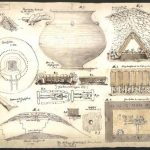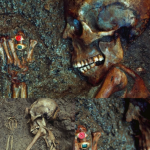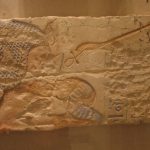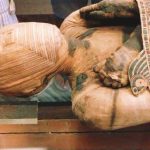Achaemenid Trilingual Cuneiform Inscriptions in Ganjnameh, Iran: Darius and Xerxes’s Legacy

The Ganjnameh inscriptions in Iran stand as monumental testaments to the rich history and cultural heritage of the ancient Achaemenid Empire. Carved into the rock face, these trilingual cuneiform inscriptions, written in Old Persian, Neo-Babylonian, and Neo-Elamite scripts, offer invaluable insights into the language, governance, and royal lineage of one of the most powerful empires of antiquity.
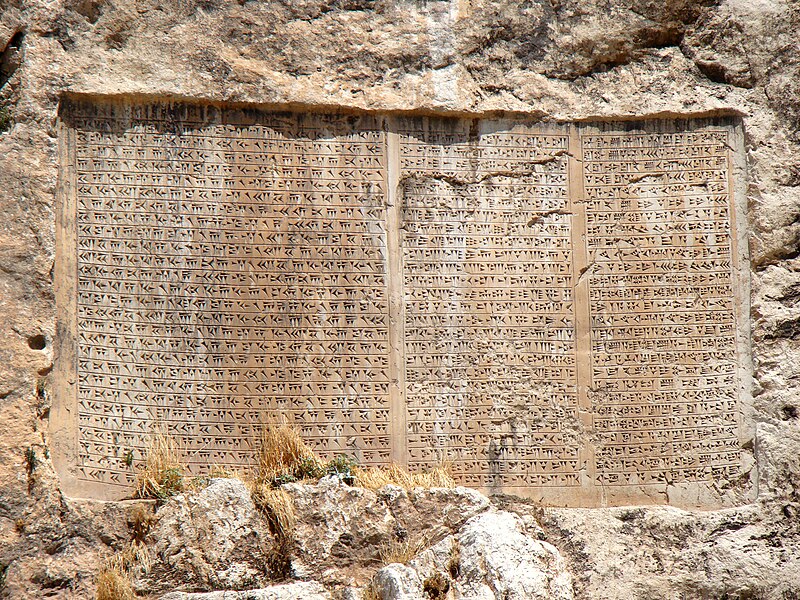
Commissioned by two of the greatest Achaemenid kings, Darius the Great and his son Xerxes the Great, these inscriptions serve both as declarations of their royal authority and as markers of significant historical events. The inscription on the left, ordered by King Darius, dates back to his reign from 522 to 486 BC. Darius, renowned for his administrative prowess and ambitious building projects, sought to leave his mark on the landscape of Iran by erecting monumental inscriptions that proclaimed his achievements and the extent of his empire.
The inscription on the right, attributed to King Xerxes, bears witness to the continuation of this tradition of royal patronage of monumental inscriptions. Xerxes, who ruled from 486 to 465 BC, was the successor to his father Darius and inherited a vast empire that stretched from Egypt to India. Like his father, Xerxes sought to assert his authority and commemorate his reign through the construction of grand monuments and inscriptions, such as those found at Ganjnameh.
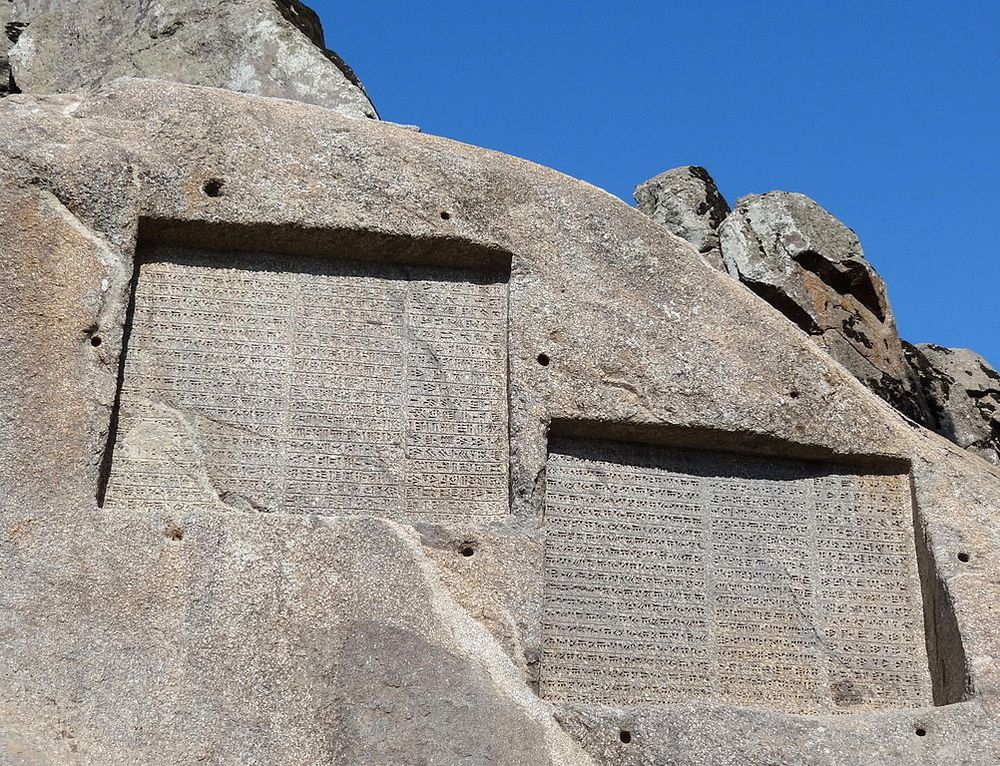
The trilingual nature of the inscriptions reflects the linguistic diversity of the Achaemenid Empire, which encompassed a vast array of cultures and peoples. Old Persian, the official language of the Achaemenid court, is accompanied by Neo-Babylonian and Neo-Elamite scripts, which were used in regions under Achaemenid rule where these languages were spoken. This linguistic diversity highlights the empire’s policy of tolerance and administration of its diverse subjects.
The content of the inscriptions provides valuable historical and administrative information, including references to the achievements of the Achaemenid kings, their genealogy, and their conquests. Additionally, the inscriptions likely served practical purposes, such as marking boundaries, recording irrigation projects, or commemorating royal decrees.
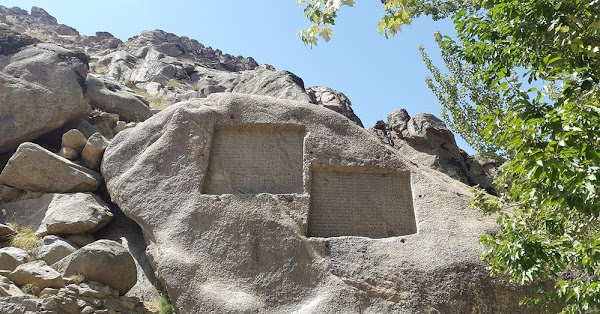
The Ganjnameh inscriptions continue to be objects of fascination and study for historians, archaeologists, and linguists alike. They offer a window into the grandeur and complexity of the Achaemenid Empire, shedding light on its administrative practices, cultural diversity, and royal ideology. As tangible relics of a bygone era, they stand as enduring symbols of Iran’s ancient heritage and its enduring contributions to world civilization.
In conclusion, the trilingual Achaemenid cuneiform inscriptions of Ganjnameh in Iran, commissioned by Kings Darius the Great and Xerxes the Great, are not only remarkable feats of ancient engineering but also invaluable historical and cultural artifacts. They serve as enduring symbols of the Achaemenid Empire’s grandeur and sophistication, offering insights into its language, governance, and royal lineage. As testaments to a bygone era, they continue to inspire awe and admiration, reminding us of the enduring legacy of one of the world’s greatest ancient civilizations.

